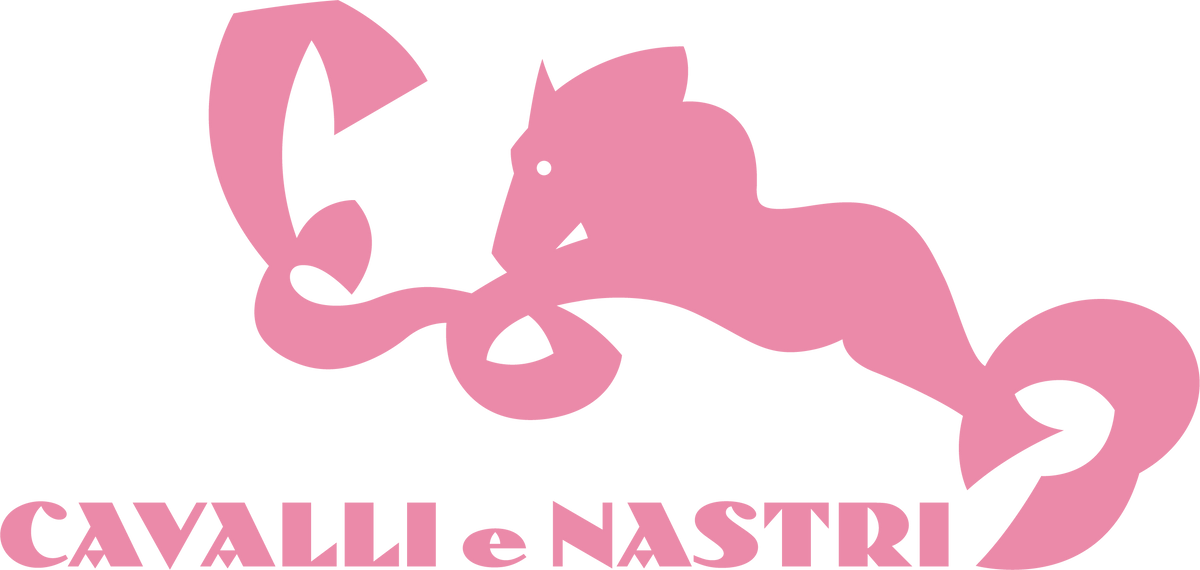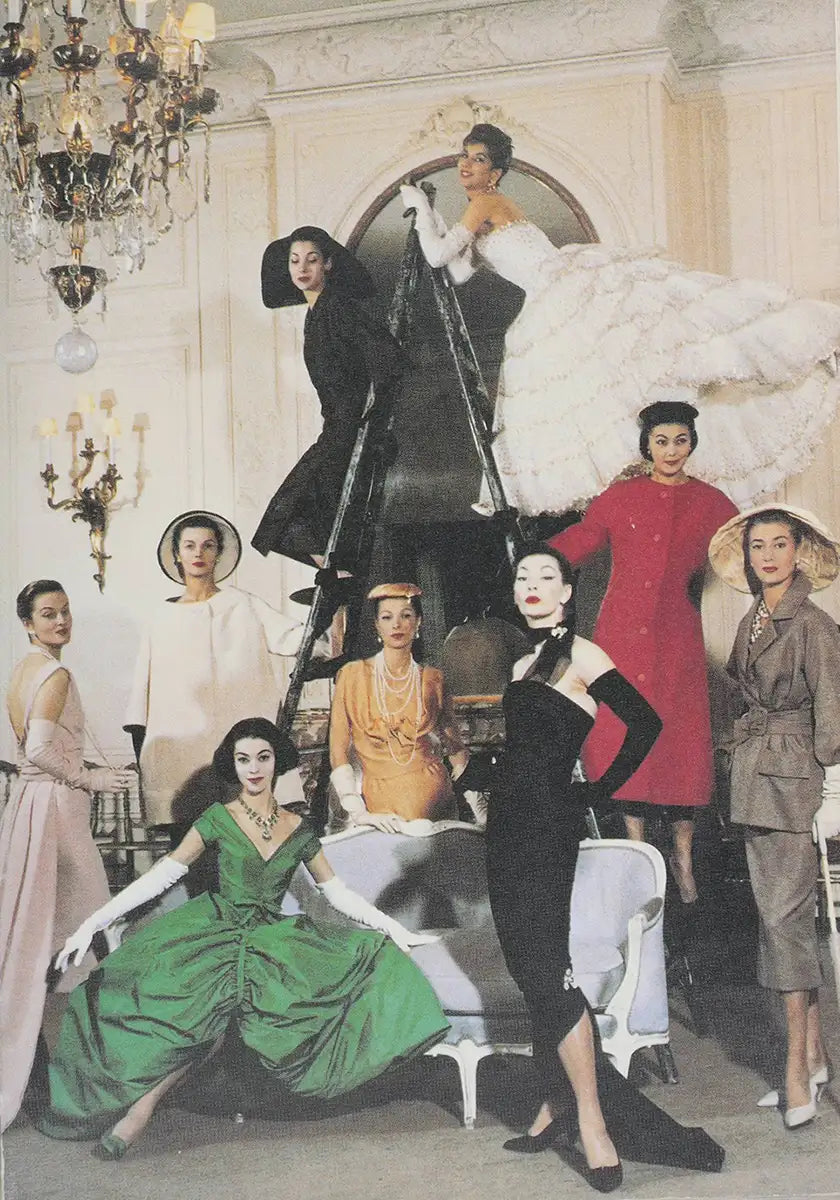
Christian Dior
The story of the luxury maison par excellence began after World War II, in a hungry-for-revenge Paris. People had a strong desire for freedom and beauty. They wanted "new", and to leave behind all the ugliness of a very dark period.
Coco Chanel
Year after year, decade after decade, maison Chanel writes the history of fashion. Always the same and yet always different, the brand's iconic pieces have made women all over the world dream, and continue to do so. Symbols of a femininity that is resolute, independent, unconventional and refined at the same time.
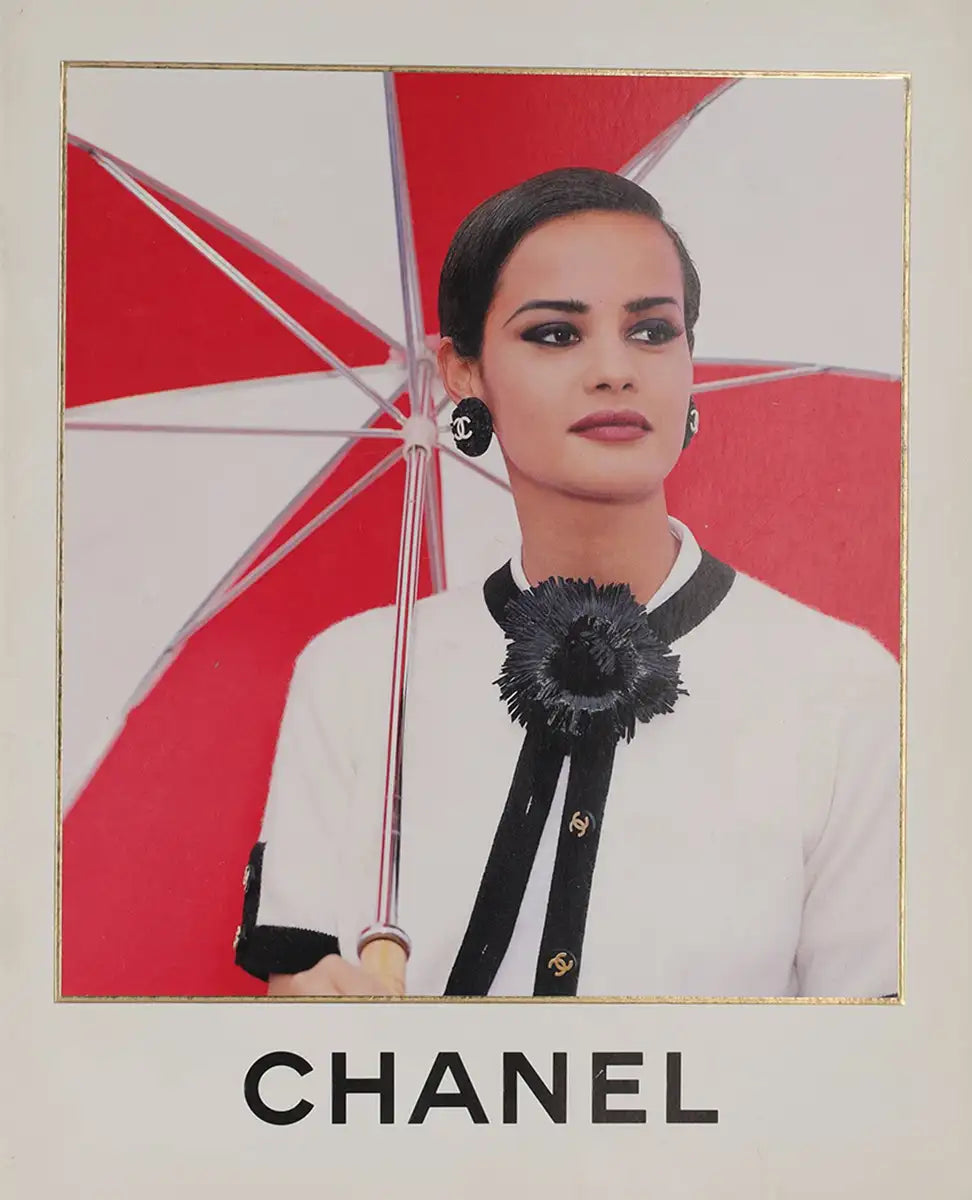
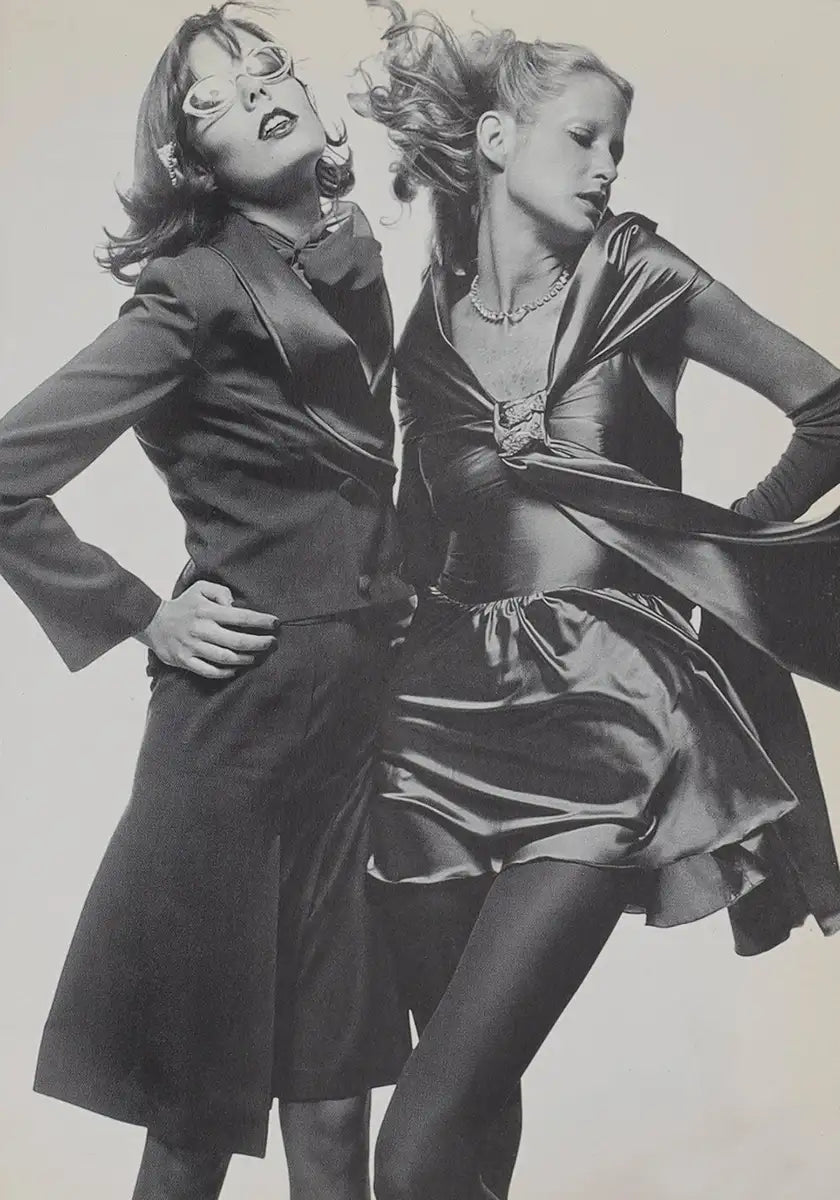
Crazy Krizia
Born Maria Mandelli, and also known as Crazy Krizia because of her eccentric style and her uncoventional use of fabrics, today Krizia is mostly remebered for her knitwear, her perfumes and for having created an early version of the hotpants in 1971, when lengths in fashion ranged exclusively between midi and maxi.
Dolce&Gabbana
Domenico Dolce and Stefano Gabbana - Dolce & Gabbana, and also D&G for a while - represent everything that one loves and hates about Italy. Luxury, unconditional love for “fatto a mano” (handmade), craftsmanship, couture and tailoring. And also tradition (that sometimes becomes traditionalism), opulence (sometimes evolves into ostentation) and patriotism (that is sometimes mere campanilism).
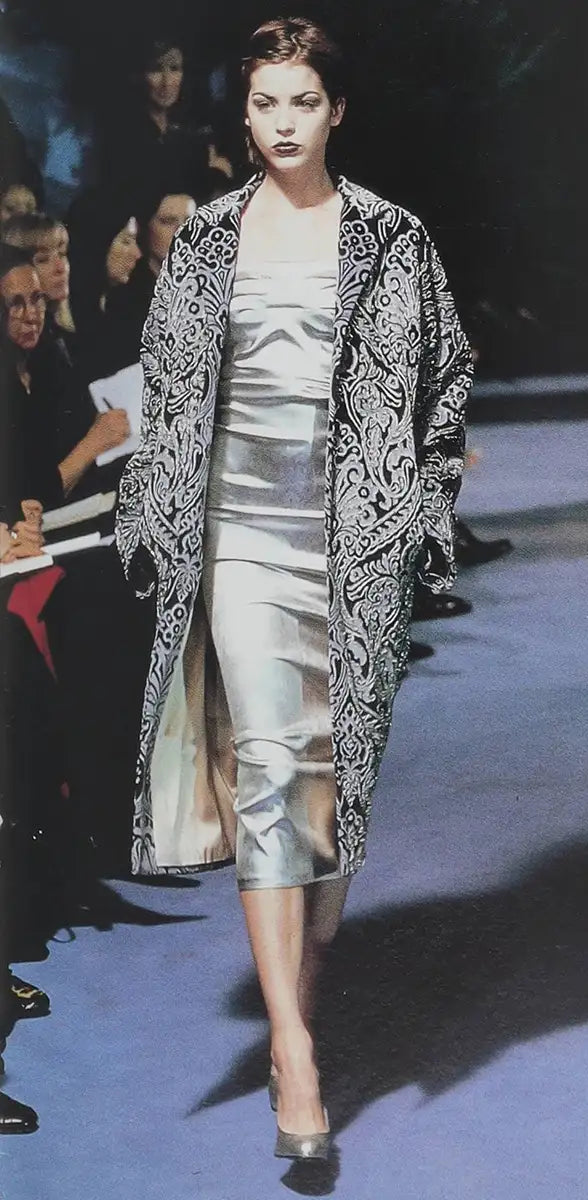
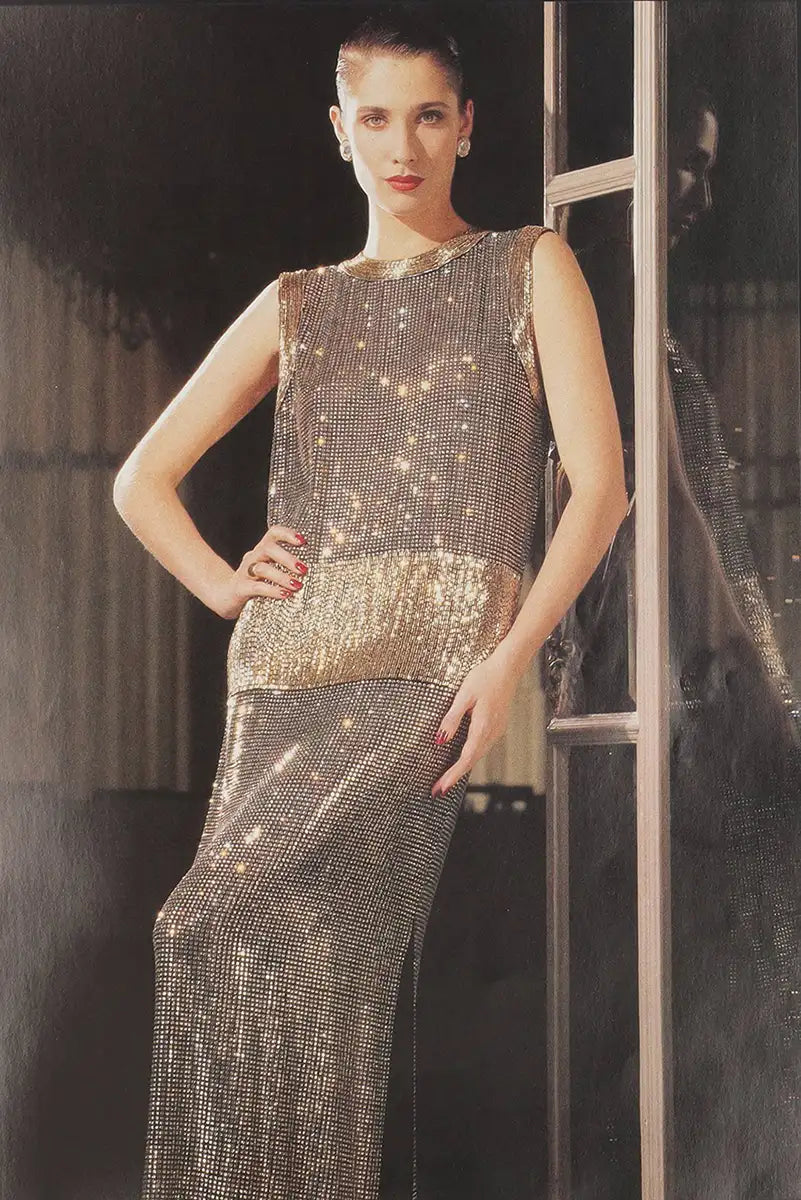
Gianfranco Ferrè
Graduated in architecture at Milan’s Politecnico, and often referred to as Fashion’s Architect, Gianfranco Ferré contributed to the global myth of Made in Italy fashion as well as to the creation of Italian ready-to-wear, and therefore to a less elitist, more democratic concept of fashion.
Gucci
Despite having undergone many evolutions and radical transformations over the years, Gucci is mainly associated with the years of the Dolce Vita. At that time, the brand became an emblem of Made in Italy, with products such as the Bamboo bag, the iconic loafer and the Flora scraf flaunted by the likes of Grace Kelly, Audrey Hepburn, Jane Birkin and Jackie Onassis, muse of the famous Jackie O bag.
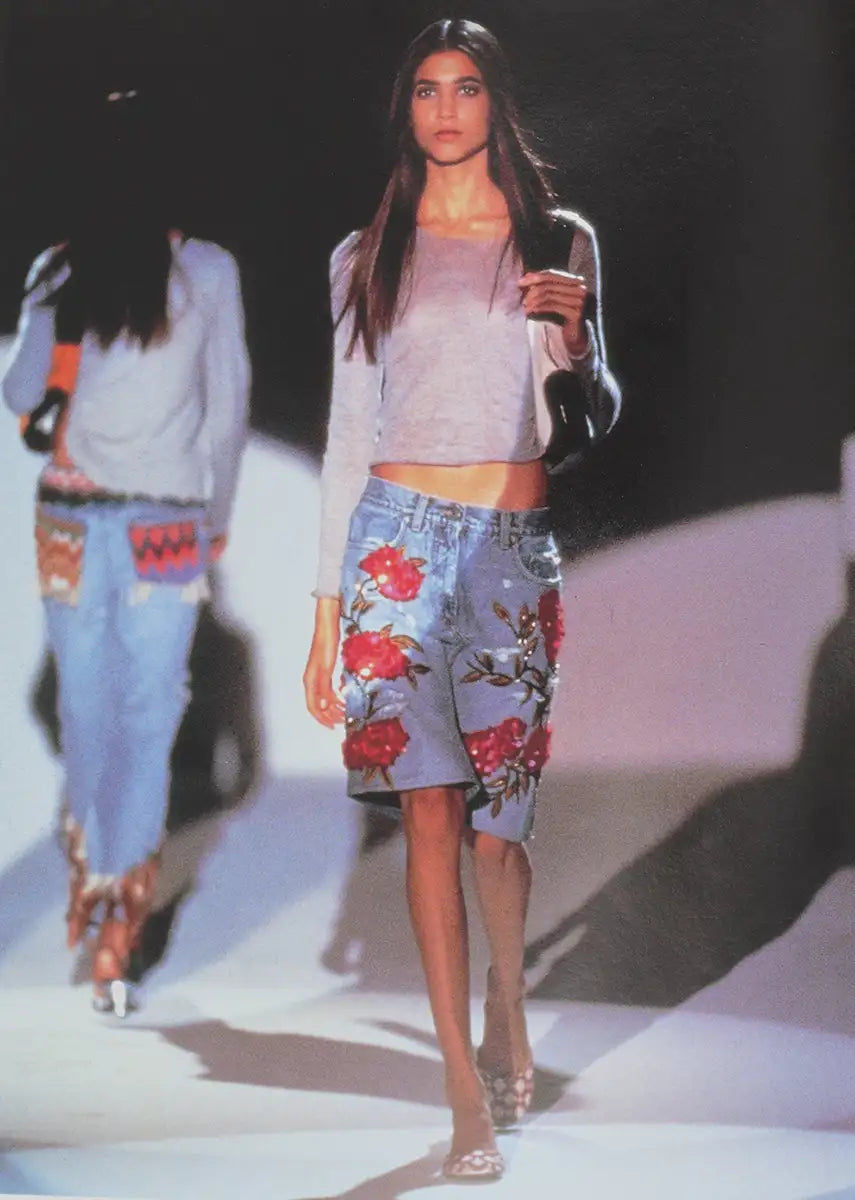
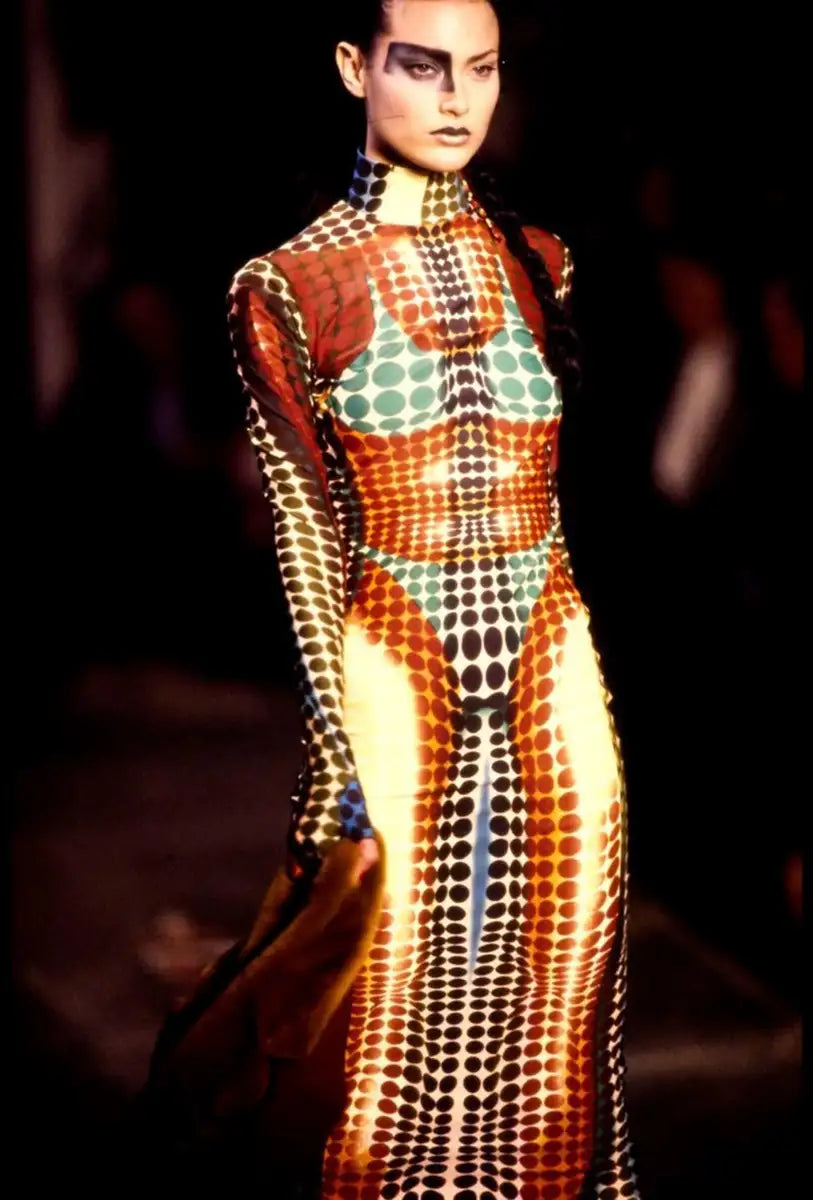
Jean Paul Gaultier
When talking about Jean Paul Gaultier, known also, and not by chance, as fashion’s Enfant Terrible, talking about upheavel is more appropriate than talking about fashion. From men skirts, to striped Breton t-shirts, to various re-interpretations of the corset including the one with the cone-shaped breasts drawn for Madonna, the most ironic and transversal designer is credited with having literally flipped the concept of style over.
Prada is Miuccia Prada
The story of Prada, as in both “story of Miuccia Prada” and “story of Prada the brand” is pretty much the story of Italian fashion.
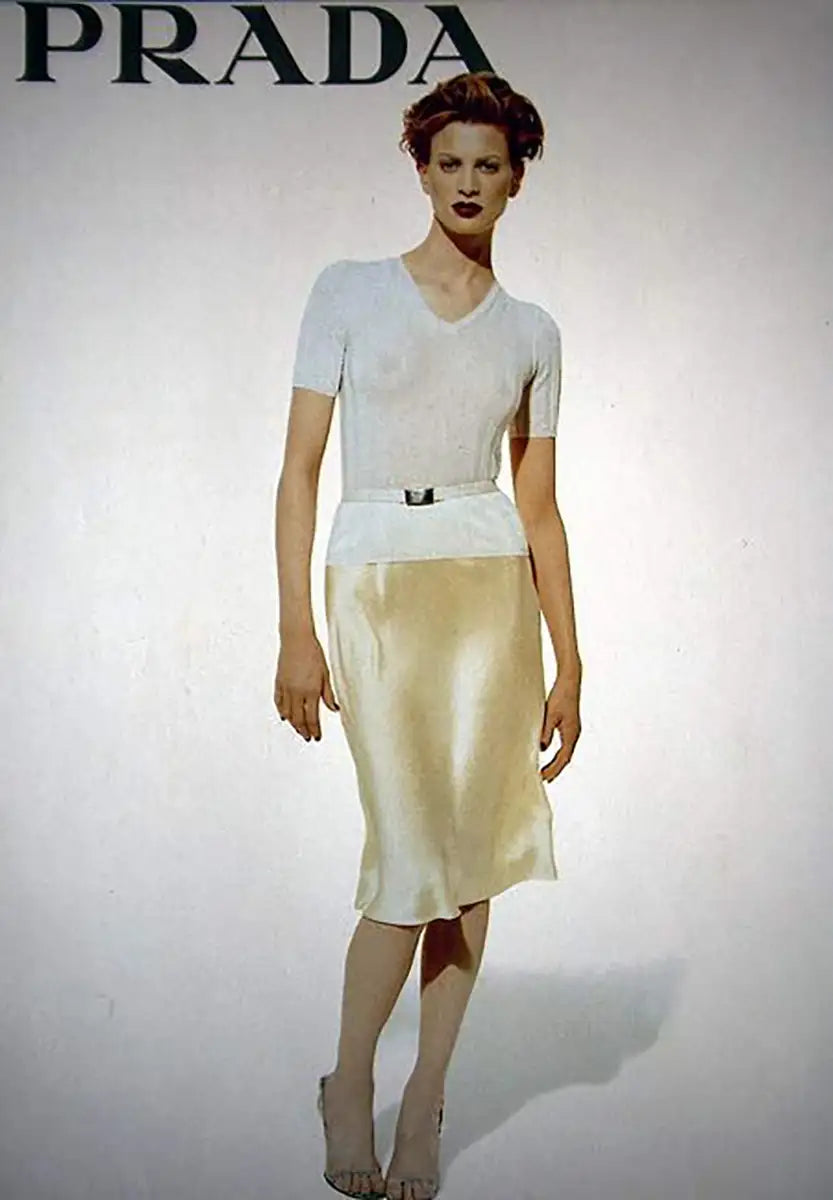
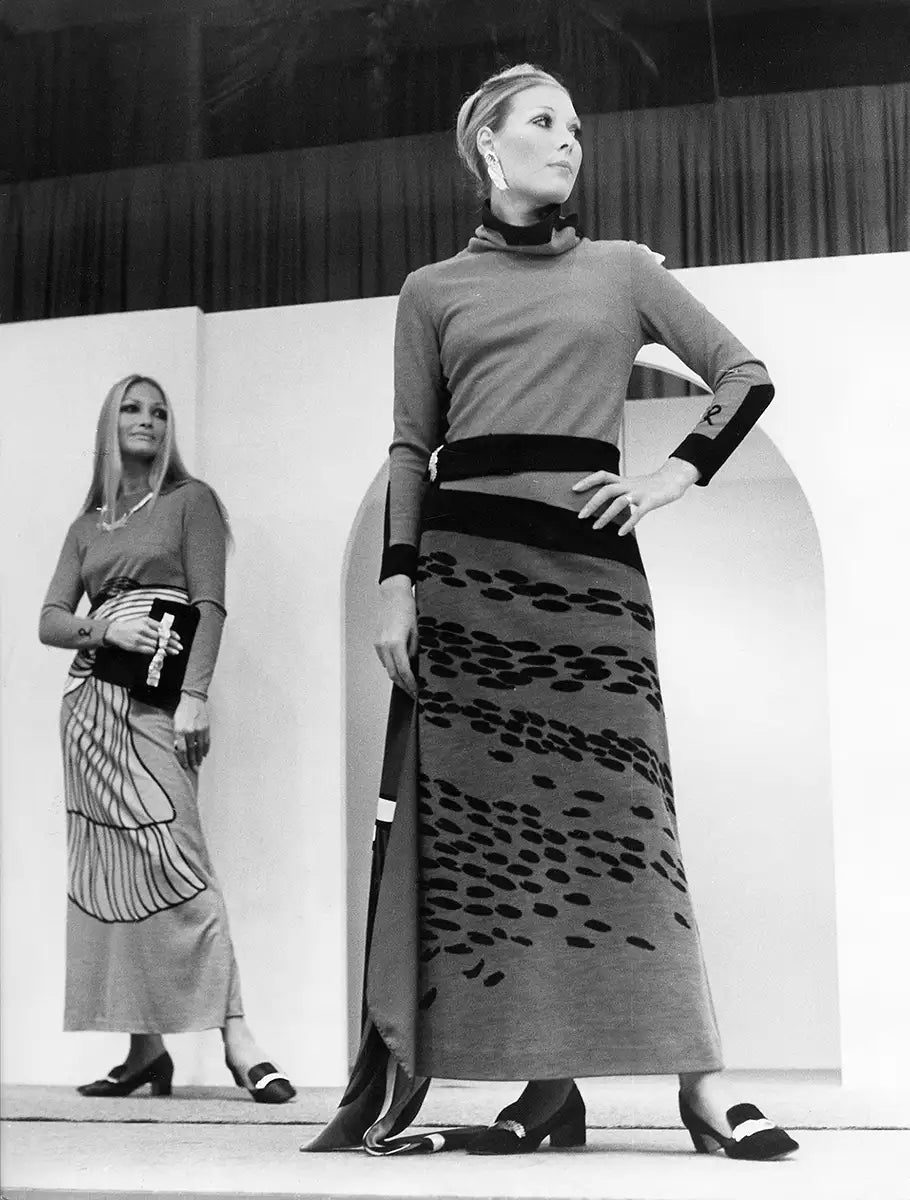
Roberta di Camerino
Roberta di Camerino is actually called Giuliana Coen, she was born in Venice in 1920. The name "Roberta di Camerino" comes from the combination of "Roberta", the name of Giuliana's daughter, and "Camerino", her husband's surname.
Valentino
Valentino’s style has little in common with short-term seasonal trends, focusing rather on the search for absolute beauty - between artwork and fashion, poetry and ornament. Valentino’s are dresses for red carpets, for Oscar nights, Film Festivasl, and fashion museums, but they also pay homage to that particular side of everyday life in Italy which is made of traditions, crafts.
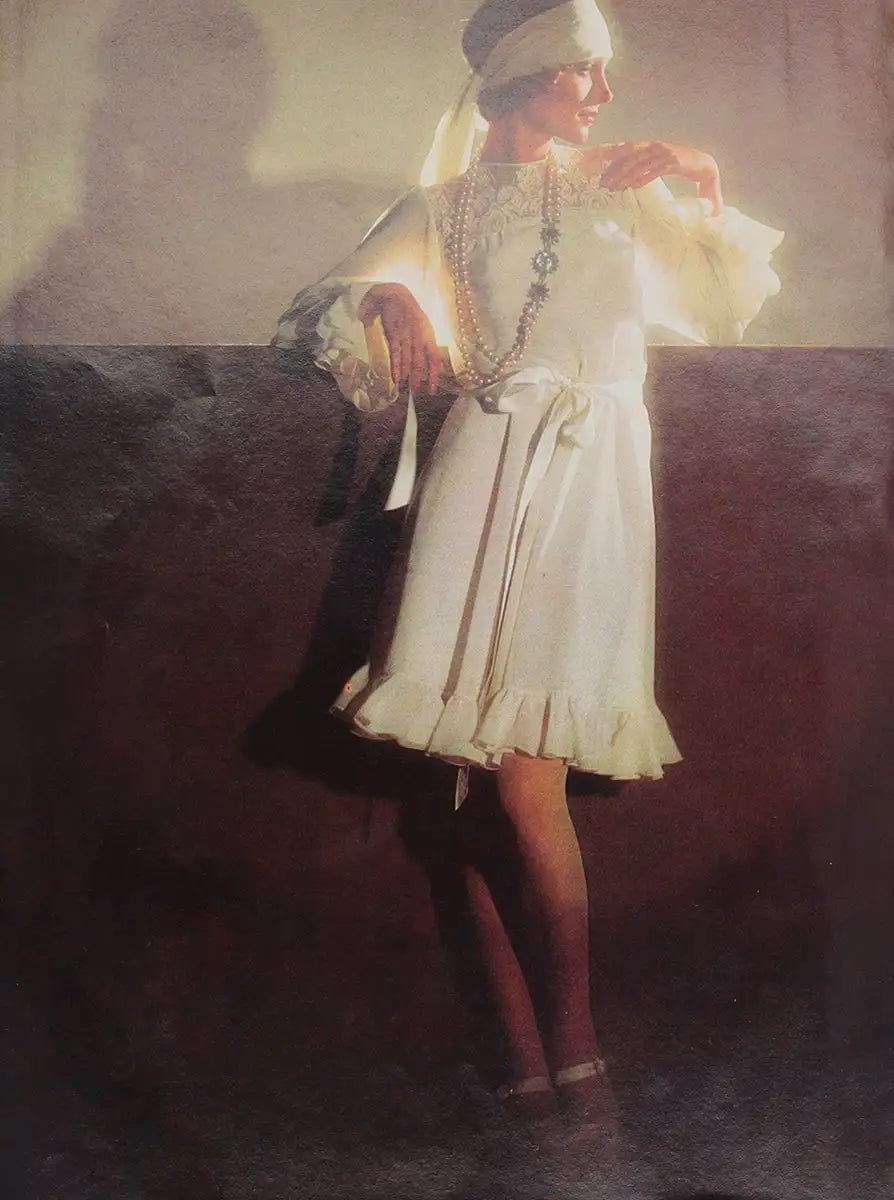
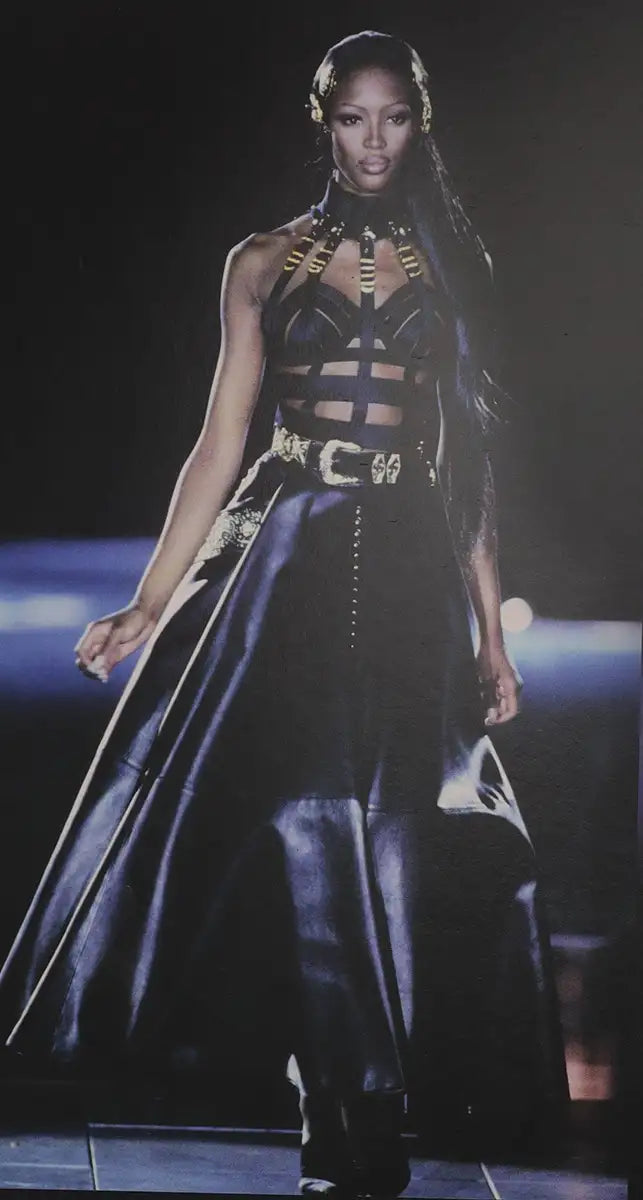
Versace
Giovanni Maria Versace, known as Gianni, originally from Calabria and founder of the fashion house Versace, is considered one of the most revolutionary designers of all time, capable of literally turning the world of couture upside down.
